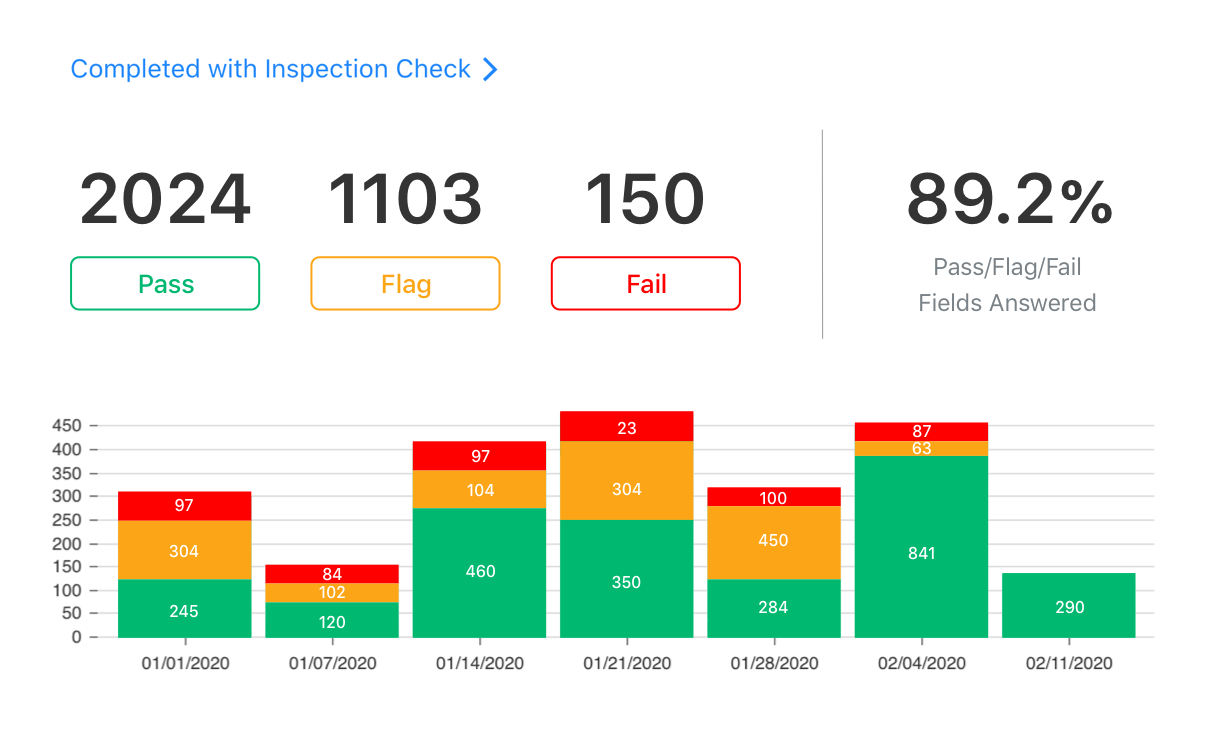
First, it’s important to note that the OSHA doesn’t have any specific recommendations—or specifically address—any OSHA safety certification requirements.
However, there are multiple OSHA standards that do place stipulations and requirements on employers. Employers must provide adequate training in a variety of areas pertaining to the health and safety aspects of their workers’ jobs.
What Is OSHA Safety Certification?
All training is voluntary, and the OSHA does provide a selection of guidelines. Note these are simply training guidelines and not the actual standards.
It’s up to you as an employer to determine what training is necessary and proper for your workforce. It is not up to the OSHA to make that determination for each site. So train your employees on what they need to do to get a job done, and get it done while maintaining their own safety and that of others.
While a Google search will yield countless results in the area of OSHA Safety Certification courses, the only OSHA-authorized courses provided by the Department of Labor are:
- OSHA Outreach Training 10-hour program
- OSHA Outreach Training 30-hour program
These courses are provided by OSHA authorized trainers, and completion of either of these programs earns you a Department of Labor (DOL) OSHA card—which is not an OSHA Safety Certification. You do not end up getting OSHA certified. These two courses can be used as a sufficient baseline for any training most workers will needs.
To reiterate: OSHA doesn’t certify workers.
Yes, there is an entire cottage industry saying they do and that such certification is necessary. But you can’t get an OSHA Safety Certification—since, in reality, one doesn’t exist. The closest thing to a certificate that the OSHA provides is a course completion card given at the end of the 10 or 30-hour courses mentioned above. Does that mean that training doesn’t matter? No. It is still important to train your team, and in a lot of cases, it’s mandatory.
Key Takeaways
- The DOL doesn’t have any OSHA Safety Certification requirements.
- There are, however, standards and guidelines that must be met.
- Employers must determine which training is necessary for their workforce.
- The only OSHA authorized courses are the 10-hour and 30-hour courses.

Is OSHA Safety Training Necessary?
Yes, and no.
While in a lot of cases not mandatory, all workers can and will benefit from OSHA safety training.
The standards set by OSHA cover a multitude of important training requirements, but it is employers themselves who determine which training is necessary for their worksites since each job and location will come with its own unique circumstances. A worker on one job site may encounter different hazards or even different degrees of hazards than what they face at another.
Given the above, it’s clear that every employer needs to know the specific OSHA training standards for each job site and situation. Many employers decide to provide their workers with either 10-hour or 30-hour courses and then build upon them with any job-specific training that may be needed. It’s important to add that while the OSHA doesn’t have any set requirements for specific training courses, depending on your jurisdiction, there may be stricter regulatory enforcement in place.
You’ll need to do your research to find out what the training requirements are. This can be done by checking with your local government and your legal/compliance team.
Remember, as an employer, it’s your legal responsibility to:
- Provide a workplace free from serious recognized hazards and comply with standards, rules, and regulations issued under OSHA.
- Examine workplace conditions to make sure they conform to applicable OSHA standards.
It’s important for you to understand exactly what sort of training you need to provide for your workers—and then provide it.
Key Takeaways
- OSHA training may or may not be mandatory
- Employers must determine what training is necessary
- Some jurisdictions will have stricter training requirements
Is the OSHA 10/30-Hour Card Required?
When the OSHA training programs were initially instituted, they were to be offered as voluntary programs, but before long, seven states decided to make them mandatory for all workers.
- Massachusetts
- Missouri
- Connecticut
- New Hampshire
- New York
- Nevada
- Rhode Island
Note that each of these states still has its own rules, so you still may need to do some research for your specific situation.
Whether you chose the 10-hour or the 30-hour program, each will give you in-depth training that has been created by the OSHA themselves and then administered by trainers authorized by the government.
- The 10-hour program is spread across a minimum of 2 days
- The 30-hour program is spread across a minimum of 4 days
However, even though one is significantly shorter than the other, both will provide all that is needed to deal with any and all hazards that are common on job sites. These programs are one of the best ways to increase the chances of workers remaining safe.

Do You Need a Department of Labor OSHA Card?
As stated above, a worker cannot become OSHA certified or receive OSHA safety certifications. What a worker can get is an official Department of Labor OSHA Card. Different states require OSHA cards for a variety of job sites.
The only way to receive one of these cards is through one of the authorized OSHA Outreach courses, of which there are only a limited number of providers. So do your due diligence here and make sure you don’t fall prey to one of the many online courses that are offering something other than the official Department of Labor OSHA Card.
If you are a worker or you’re applying for a job, and you’re not sure whether or not you will need an OSHA card, you can check with your employer or check online for info pertaining to any local or state laws regarding the need for any specific OSHA training or Department of Labor OSHA cards.
Note that the OSHA is instituted in the United States, and therefore, the OSHA Outreach Training is not available to international workers, and cards cannot be shipped out of the country.
Having said that, it would certainly be advantageous for all global workers to take some sort of OSHA-related training so that they do know how to keep themselves safe on job sites.
Key Takeaways
- Depending on your state and or job site, you may need to have an official Department of Labor OSHA Card
- You can only obtain these cards through an authorized OSHA Outreach course
- While OSHA training is only available to U.S. workers, even international workers could benefit from some sort of OSHA-related training

Do You Need Construction or General Industry OSHA Training?
There are two types of OSHA training and 4 separate programs.
- OSHA 10-Hour Construction
- OSHA 10-Hour General Industry
- OSHA 30-Hour Construction
- OSHA 30-Hour General Industry
Both Construction and General Industry will provide specific topics based on the industry of choice. As noted above, it’s up to employers to decide which is the one to use for their workers. For clarification, OSHA defines a construction worker as one who works in construction alteration and or repair, and this would include things like decorating and painting.
With regards to General Industry, this is in reference to any industry to does not include construction, agriculture, or maritime. It does, however, include such industries as:
- Healthcare
- Manufacturing
- Warehousing
- Distribution
- Retail
However, that is not an exhaustive list, and there may be more industries than the above that are included.

OSHA Safety Outreach Training Program
While the program and the OSHA card granted at completion is still voluntary in much of the country, all employers should consider the training for their workers.
Every worker has a right to a workplace that is safe and healthy. They should be fully aware of all job hazards and what they can do to protect themselves from them.
Learn more: OSHA inspection checklist
FAQs

Caroline Eisner is a writer and editor with experience across the profit and nonprofit sectors, government, education, and financial organizations. She has held leadership positions in K16 institutions and has led large-scale digital projects, interactive websites, and a business writing consultancy.


.webp)

_FEATURE.webp)
.webp)